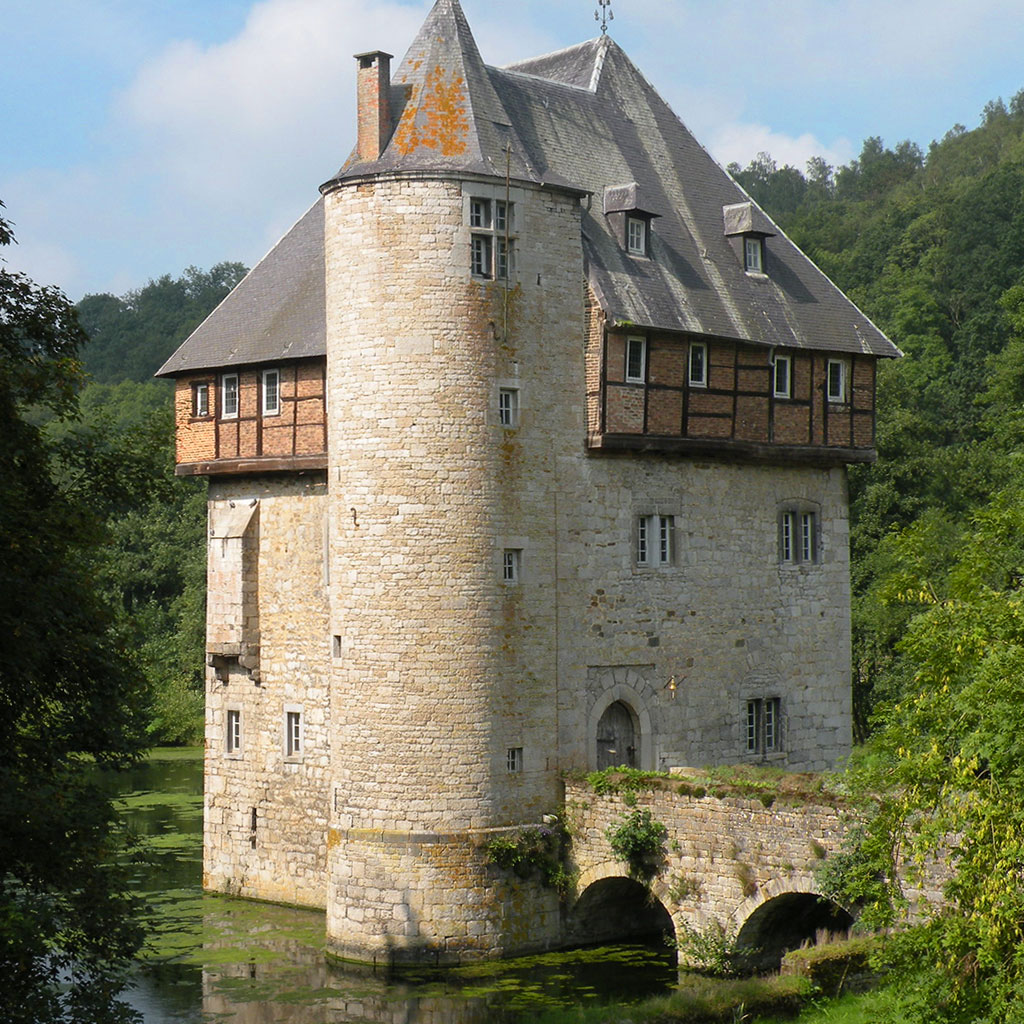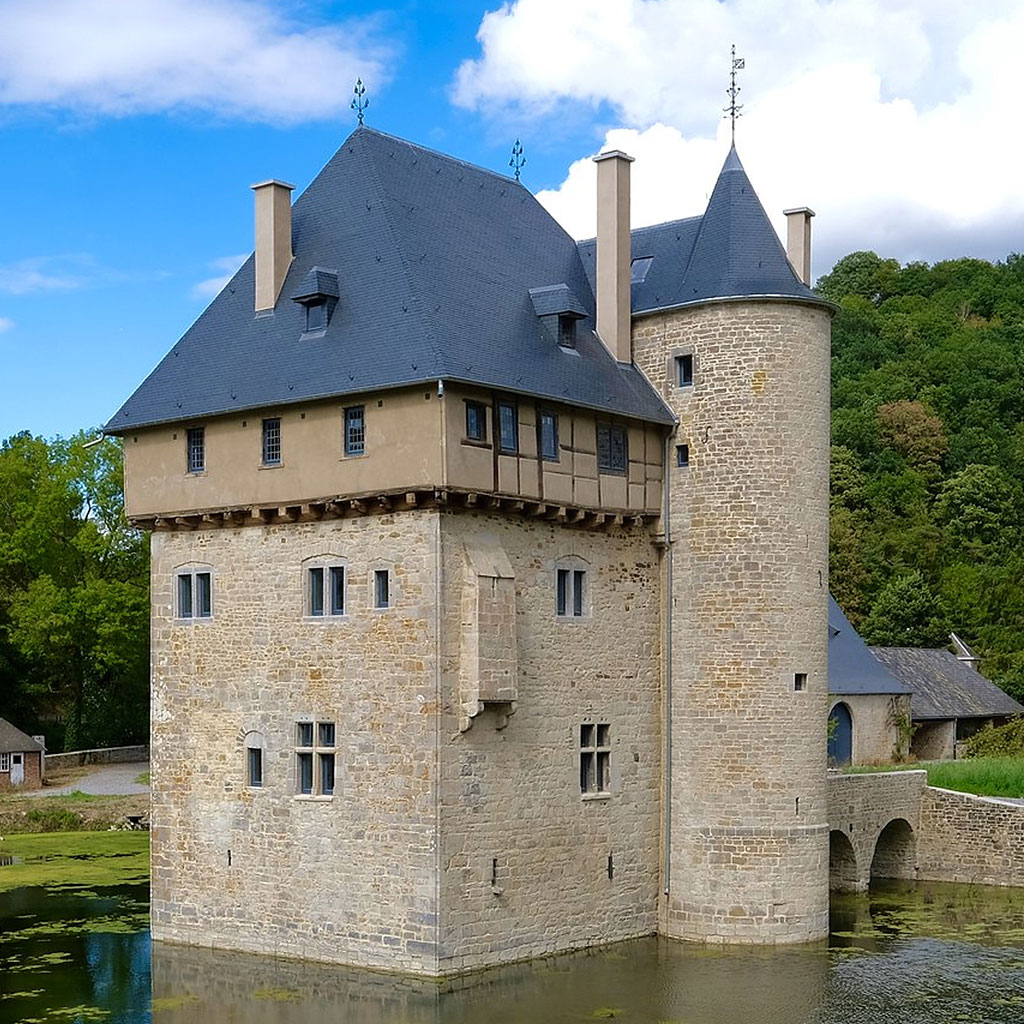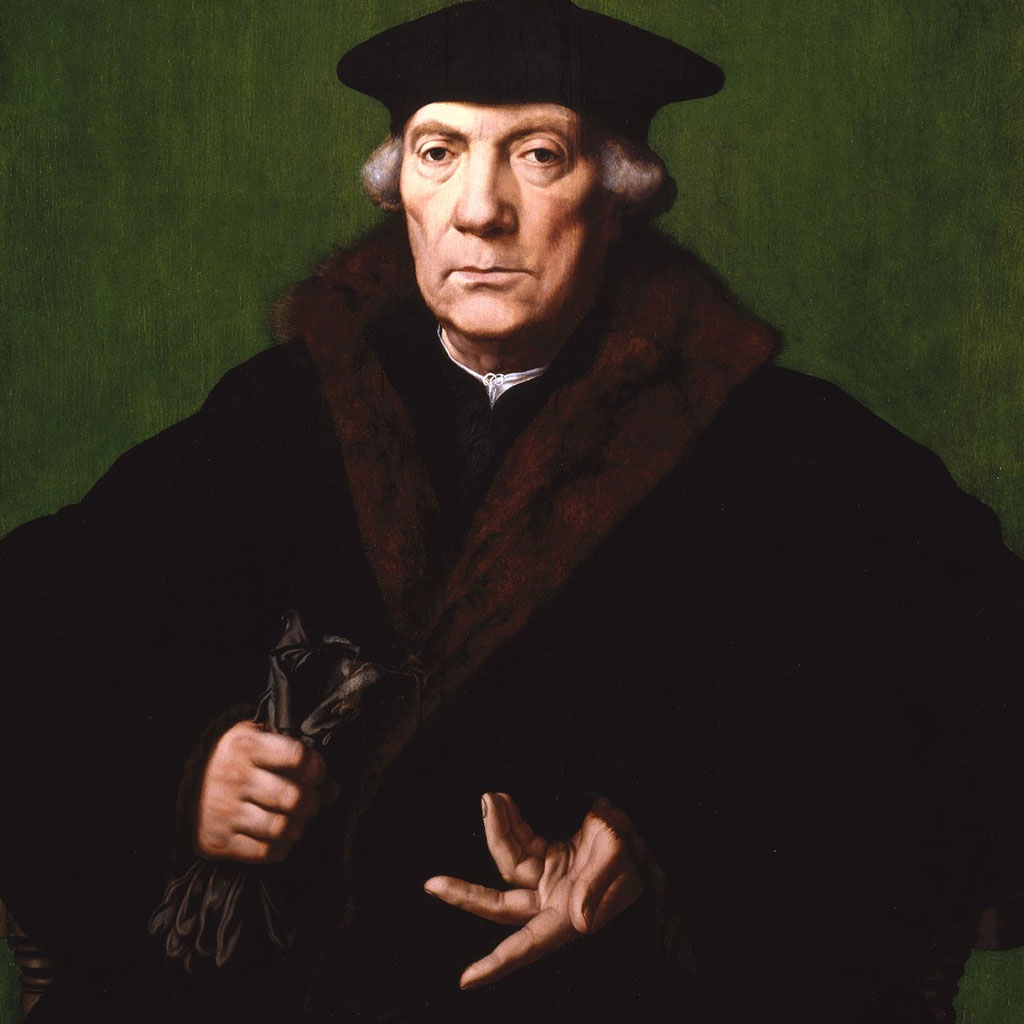
The Fortified Keep of Crupet Castle and Jan II Cardondelet
Nestled in picturesque Belgian hills near Namur, Crupet Castle (also called Carondelet Castle, for reasons I’ll explain shortly) is one of the greatest standing examples of a fortified medieval tower – or donjon.
— —
📖 History, 🎨 art, & 🎲 games from the Renaissance Netherlands & Europe 1549-1619
☙ facebook.com/rebelsorbeggars
☙ instagram.com/rebelsorbeggars
☙ rebelsorbeggars.com
— —
The core limestone keep and moat date to the high middle ages of the 12th or 13th centuries. It wouldn’t be until the 1500s that the spiral staircase tower and half-timbered third floor were added.

For in 1510, the donjon, its farm, and the accompanying village were acquired by the Carondelet family – wealthy and well-connected Burgundians who were important advisors to the Habsburg family who ruled much of the Low Countries.
(Although I am yet to uncover exactly which Carondelet man acquired the land, my hunch is it was Jan II, for the following reasons.)
Jan II Carondelet (1469-1545) was priest, jurist, and counselor to Charles V, acting as chairman of both the Privy Council and, later, Council of State. Not only was he a key part of the government of the Habsburg Netherlands, he also held numerous church offices.
In these capacities, he amassed great wealth through which he was able to act as patron to both artists and intellectuals – such as the famous Erasumus of Rotterdam – and acquire numerous properties, likely including Crupet.

This portrait of Jan II is by Dutch painter Jan Corneliszoon Vermeyen, who was court painter to Margaret of Austria, regent of the Low Countries and aunt of Holy Roman Emperor Charles V.
Crupet Castle would stay in the Carondelet family until the French Revolution. In the two hundred years since, it has changed hands a few times. It remains in private ownership and is generally not open to the public.
